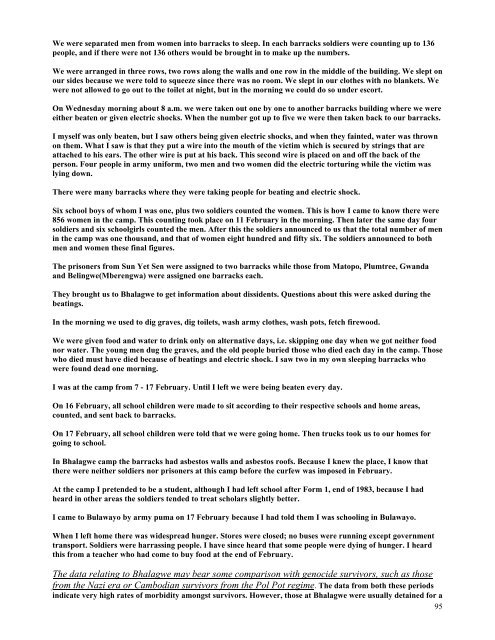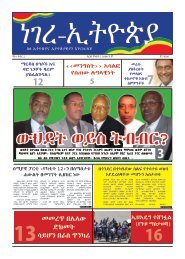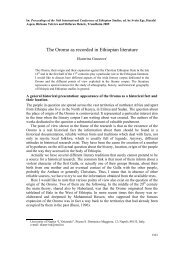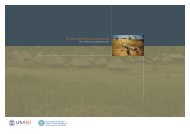MatabelelandReport
MatabelelandReport
MatabelelandReport
You also want an ePaper? Increase the reach of your titles
YUMPU automatically turns print PDFs into web optimized ePapers that Google loves.
We were separated men from women into barracks to sleep. In each barracks soldiers were counting up to 136<br />
people, and if there were not 136 others would be brought in to make up the numbers.<br />
We were arranged in three rows, two rows along the walls and one row in the middle of the building. We slept on<br />
our sides because we were told to squeeze since there was no room. We slept in our clothes with no blankets. We<br />
were not allowed to go out to the toilet at night, but in the morning we could do so under escort.<br />
On Wednesday morning about 8 a.m. we were taken out one by one to another barracks building where we were<br />
either beaten or given electric shocks. When the number got up to five we were then taken back to our barracks.<br />
I myself was only beaten, but I saw others being given electric shocks, and when they fainted, water was thrown<br />
on them. What I saw is that they put a wire into the mouth of the victim which is secured by strings that are<br />
attached to his ears. The other wire is put at his back. This second wire is placed on and off the back of the<br />
person. Four people in army uniform, two men and two women did the electric torturing while the victim was<br />
lying down.<br />
There were many barracks where they were taking people for beating and electric shock.<br />
Six school boys of whom I was one, plus two soldiers counted the women. This is how I came to know there were<br />
856 women in the camp. This counting took place on 11 February in the morning. Then later the same day four<br />
soldiers and six schoolgirls counted the men. After this the soldiers announced to us that the total number of men<br />
in the camp was one thousand, and that of women eight hundred and fifty six. The soldiers announced to both<br />
men and women these final figures.<br />
The prisoners from Sun Yet Sen were assigned to two barracks while those from Matopo, Plumtree, Gwanda<br />
and Belingwe(Mberengwa) were assigned one barracks each.<br />
They brought us to Bhalagwe to get information about dissidents. Questions about this were asked during the<br />
beatings.<br />
In the morning we used to dig graves, dig toilets, wash army clothes, wash pots, fetch firewood.<br />
We were given food and water to drink only on alternative days, i.e. skipping one day when we got neither food<br />
nor water. The young men dug the graves, and the old people buried those who died each day in the camp. Those<br />
who died must have died because of beatings and electric shock. I saw two in my own sleeping barracks who<br />
were found dead one morning.<br />
I was at the camp from 7 - 17 February. Until I left we were being beaten every day.<br />
On 16 February, all school children were made to sit according to their respective schools and home areas,<br />
counted, and sent back to barracks.<br />
On 17 February, all school children were told that we were going home. Then trucks took us to our homes for<br />
going to school.<br />
In Bhalagwe camp the barracks had asbestos walls and asbestos roofs. Because I knew the place, I know that<br />
there were neither soldiers nor prisoners at this camp before the curfew was imposed in February.<br />
At the camp I pretended to be a student, although I had left school after Form 1, end of 1983, because I had<br />
heard in other areas the soldiers tended to treat scholars slightly better.<br />
I came to Bulawayo by army puma on 17 February because I had told them I was schooling in Bulawayo.<br />
When I left home there was widespread hunger. Stores were closed; no buses were running except government<br />
transport. Soldiers were harrassing people. I have since heard that some people were dying of hunger. I heard<br />
this from a teacher who had come to buy food at the end of February.<br />
The data relating to Bhalagwe may bear some comparison with genocide survivors, such as those<br />
from the Nazi era or Cambodian survivors from the Pol Pot regime. The data from both these periods<br />
indicate very high rates of morbidity amongst survivors. However, those at Bhalagwe were usually detained for a<br />
95







